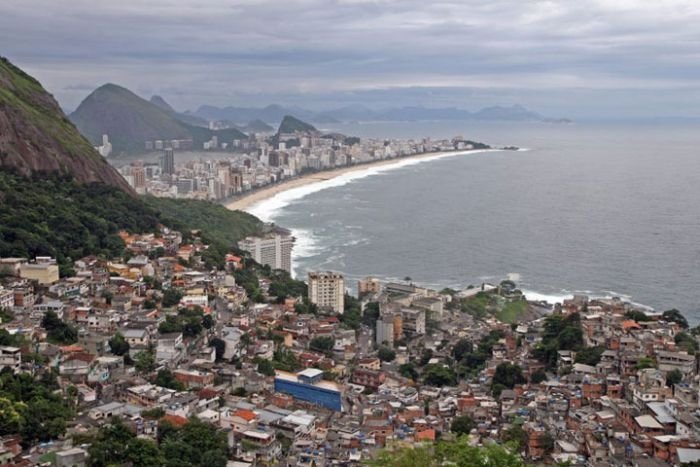|
|
Life In Rio De Janeiro, Brazil
|
There are significant disparities between the rich and the poor in Rio de Janeiro. Although the city clearly ranks among the world's major metropolises, a large proportion of the city's inhabitants live in poverty. The poorest of the areas are the slums and shanty towns known as favelas. The slums are often crowded onto the hillsides, where sturdy houses are difficult to come by. There have been a number of government initiatives to counter this problem, from the removal of the population from favelas to housing projects such as Cidade de Deus to the more recent approach of improving conditions in the favelas, bringing them up to par with the rest of the city, as was the focus of the Favela Bairro program.
Rio has high crime rates, especially homicide, in poor areas controlled by drug dealers. As of 2007, the homicide rate of the greater metropolitan area was nearly 30 victims per week, with the majority of victims falling to mugging, stray bullets or narcoterrorism. In 2006, 2,273 people were murdered in the city giving it a murder rate of 37.7 cases for every 100,000 people. According to federal government research, the city itself ranks 206th (out of a total of 5,565) in the list of the most violent cities and municipalities in Brazil. Between 1978 and 2000, 49,900 people were killed in Rio. The urban warfare involves drug-traffic battle with police fighting against outlaws, or even corrupt policemen on their side. In 2007, the police allegedly killed 1,330 people in the state of Rio Janeiro, an increase of 25 percent over 2006 when 1,063 people were killed. As a comparison, police throughout the United States killed 347 people during 2006.
|
|









